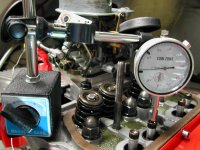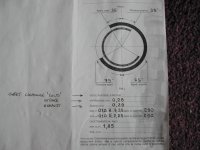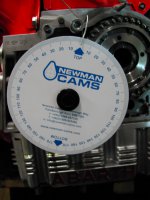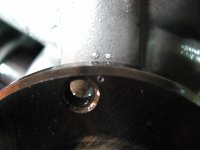Greetings, I have recently rebuilt my 704cc engine with a 35/75-75/35 Cam and fitted new timing sprockets and chain - all from the same Fiat timing kit. Now, much as I expect some difference in 'aftermarket' parts I don't with 'branded' items. However, when assembling the timing sprockets and chain try as I may the timing dots did not line up exactly - very very nearly, but not dead opposite!!!!
So my question to all the engine guru's out there is this - what is going to be the impact of this misalignment on the engine running??? I do appreciate that it will affect the valve timing, but, I would love to know if the requirement for a 'Vernier' type of setting of the Cam to Crank would prove beneficial, or if it makes little difference with these engines???? Thanks in advance.
Ian.
So my question to all the engine guru's out there is this - what is going to be the impact of this misalignment on the engine running??? I do appreciate that it will affect the valve timing, but, I would love to know if the requirement for a 'Vernier' type of setting of the Cam to Crank would prove beneficial, or if it makes little difference with these engines???? Thanks in advance.
Ian.










